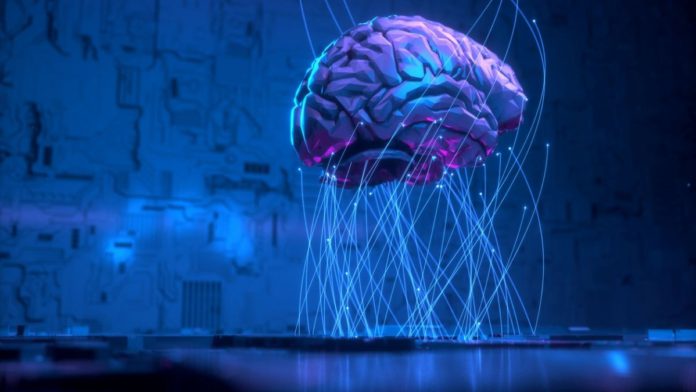Jerusalem-based BrainQ, an Israeli firm developing stroke therapy technology, has closed a US$40 million funding round headed by Hanaco Ventures, with participation from Dexcel Pharma and Peregrine Ventures. BrainQ has already secured more than US$50 million in total investment, with current investors including OurCrowd, Norma, Sailing Capital, IT Farm, Millhouse, and Qure.
The funding will be used to support a multicenter pivotal trial for its groundbreaking technology for ischemic stroke survivors in selected US hospitals and expand its marketing infrastructure. BrainQ mentioned that earlier this year, its investigational stroke therapy had been granted FDA Breakthrough Device Designation. This allowed the company to collaborate closely with the FDA on development plans and premarket clearance, as well as access to the new Medicare Coverage of Innovative Technology (MCIT) pathway.
When the blood flow to a brain region is stopped or decreased, brain tissue is deprived of oxygen and nutrients, resulting in a stroke. Within minutes, brain cells begin to die, which if not treated can lead to lethal complications. Stroke can cause visible deficits such as a loss of grip strength or coordination while incurring major damage to the brain networks that control the hand and leg. Unfortunately, medical research has no way of actively recreating such networks rather than allowing the brain itself to repair and build new neural pathways to restore function in its own time. However, the brain is often unsuccessful in repairing the frayed neural pathways. As a result, about 50 to 70% of survivors suffer from persistent impairment. According to the Center for Disease Control and Prevention (CDC), stroke is one of the major causes of disability which affects 800,000 individuals in the United States each year.
This inspired BrainQ to develop a wearable hat-like brain-computer interface device that resembles a huge circular hairdryer. The cloud-connected device seeks to rebalance the brain and restore normal function by using electromagnetic waves, or “artificial brainwaves,” that imitate healthy neural networks to repair damaged regions of the brain.
The Brain-computer interface is a system in which electrical impulses created by neurons firing and communicating with one another are processed and decoded into commands that are delivered to an output device to perform a desired activity.
BrainQ’s brain-computer interface approach is based on biological insights derived from brainwaves, which are translated into a frequency-tuned low-intensity electromagnetic field utilizing patented machine learning algorithms. These insights are targeted at replicating natural brain network synchronization mechanisms and aiding recovery.
In simpler words, BrainQ mapped out neural networks to examine their electromagnetic activity, translated this activity into machine learning algorithms, and built models. These models then “fertilize” the brain with electromagnetic treatment, enabling it to revert to its previous condition.
Read More: Neuralink Raises $205 Million In Series C Funding Round
The system is designed to provide scalable and decentralized treatment via the portable, non-invasive wearable device. Being cloud-connected helps the wearable in offering integrated telemedicine features that allow sessions to be remotely monitored via a tablet app. This app can be operated by a caregiver (such as an outpatient nurse) or by using a built-in telemedicine platform.
After the initial experimentation, the company reported that the patients who received the BrainQ treatment in addition to standard therapy reported significant improvements in recovery assessments, such as balance and strength. According to a preprint published by BrainQ 92 percent experienced significant improvements over standard therapy.


